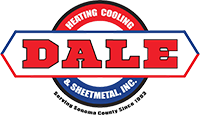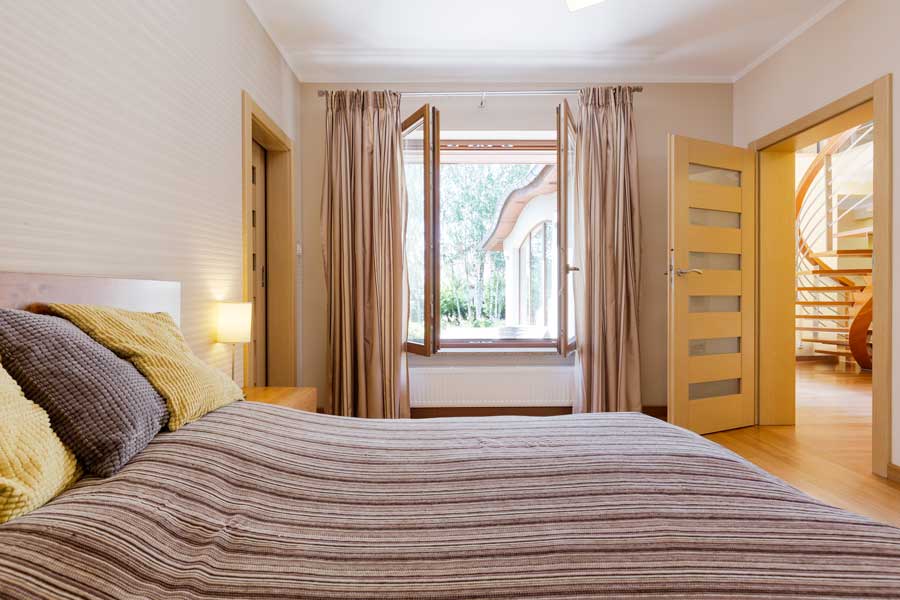One of the best ways to improve air quality and keep humidity levels in check is through proper home ventilation.
With cooler temperatures, you experience stale air circulating through your home because there’s no fresh air getting in. Meanwhile, balancing humidity levels can still be tricky due to condensation or moisture.
Read on for ventilation hacks that can make a big difference in the overall air quality in your home.
Stale vs. Fresh Air
Stale air is caused by either a lack of circulation, improper ventilation, or both.
Stale air by itself isn’t dangerous, and you might be so used to it that you don’t even notice. That is until stale air is removed and replaced with fresh air.
Stale air and what may be an unpleasant smell contains all sorts of airborne contaminants. These contaminants include things like dust, mites, pollen, dander, and dirt.
Humidity Levels
High humidity levels in your home causes all sorts of issues from promoting the growth of mold, circulating airborne mold spores, airborne bacteria, and a musty smell.
When high humidity levels affect your upper respiratory system, you feel like you have chronic cold or sinus symptoms.
Home Ventilation Solutions
Air Filter
According to the Environmental Protection Agency, filters should be changed every 60-90 days.
For extra allergen filtering, switch to a HEPA air filter.
Air Purifier
During stuffy cooler seasons, use a portable air purifier or as an add-on to your furnace. An air purifier helps remove airborne contaminants, keeping inside air fresh.
Regular Cleaning
Regularly use a HEPA filtered vacuum cleaner to capture pollutants trapped in throw rugs and carpeting. Use attachments to vacuum allergens from upholstered furniture.
Dust often and use a dampened cloth to trap dirt reducing the risk of scattering airborne dust.
Ceiling Fans
A ceiling fan helps increase air circulation in the home, especially once the stale air has been removed.
Remember to change the direction of your fan to work most efficiently during cooler weather.
Whole Home Ventilation System
The way a whole-home ventilation system works is to intentionally bring in and filter fresh, outside air through the system.
Ventilation is controlled by both dampers and fans, which prevents unfiltered air from getting in and circulating when the system is not in use. This really helps with both air quality and keeping humidity levels low.
A home ventilation system is an easy addition to just about any forced-air furnace. By adding an extra duct to the furnace and an extra damper to control incoming outside air and outgoing stale air, you can be up and running quickly and inexpensively.
Conclusion
The goal is to keep your home as comfortable as possible no matter what the weather.
For more information on improving air quality and home ventilation solutions, call Dale HCS in Santa Rosa today for better air quality tomorrow.

